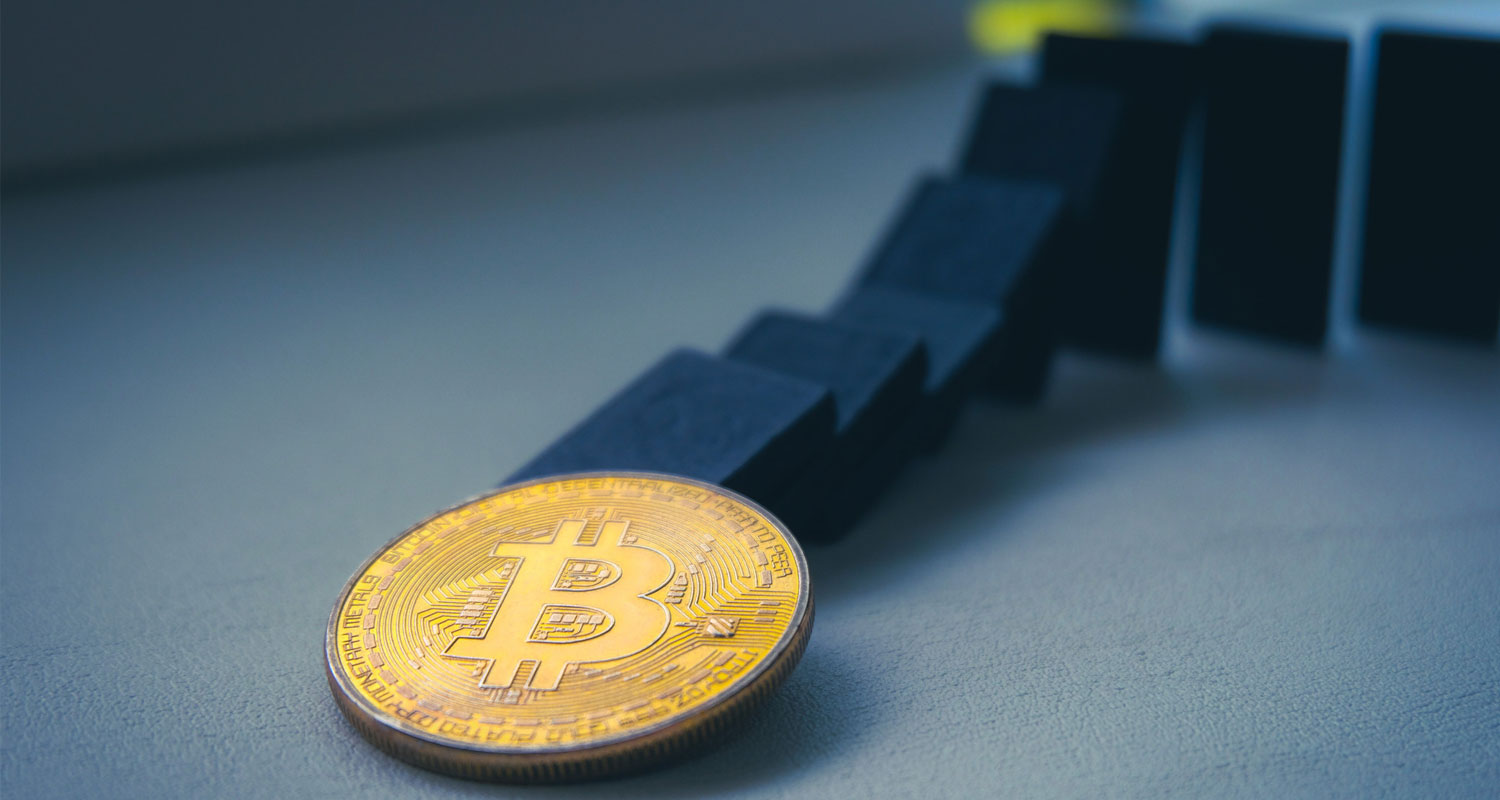 Bitcoin is on track for its worst quarter in more than a decade, as more hawkish central banks and a string of high-profile crypto blowups hammer sentiment.
Bitcoin is on track for its worst quarter in more than a decade, as more hawkish central banks and a string of high-profile crypto blowups hammer sentiment.
The 56% drawdown in the biggest cryptocurrency is the largest since the third quarter of 2011, when bitcoin was still in its infancy.
The decade in between those hallmarks saw several booms and busts, with cryptocurrencies’ market value swelling as they gained more widespread adoption and ultra-low interest rates spurred risk taking. But the current bear market stands out for the amount of crypto leverage that’s been unwound — and for the regulatory scrutiny being heaped on an asset class many central banks now consider a threat to financial stability.
Bitcoin slipped 1% to trade just below the US$20 000 level on Thursday morning in London. Several altcoins did worse, with Solana and Polygon falling around 6%.
The drumbeat of bad news adds up to a stinging rebuke of the crypto ethos of unbridled speculation and free-wheeling innovation: a token that was supposed to be pegged to the US dollar collapsed, almost instantly erasing roughly $40-billion of market value. Several crypto lenders were forced to halt withdrawals, leaving depositors in the lurch. And most recently, a prominent crypto hedge fund was ordered into liquidation after running up unsustainable leverage to fuel its bets.
For all the gloom, some analysts are pointing to signs that the bottom may be near. The deleveraging that accelerated the rout in past months may not have much further to run, JPMorgan Chase & Co strategists including Nikolaos Panigirtzoglou said in a note published on Wednesday. They also pointed to venture capital funding that “continued at a healthy pace in May and June”.
“Bitcoin has had good success over the last dozen years at making cyclical lows every 90 weeks,” Fundstrat technical strategist Mark Newton said. “Lows should be right around the corner according to this cycle composite, and one should be on alert in the month of July, looking to buy weakness for a healthy rebound, just as sentiment seems to be reaching a bearish tipping point.” — (c) 2022 Bloomberg LP




